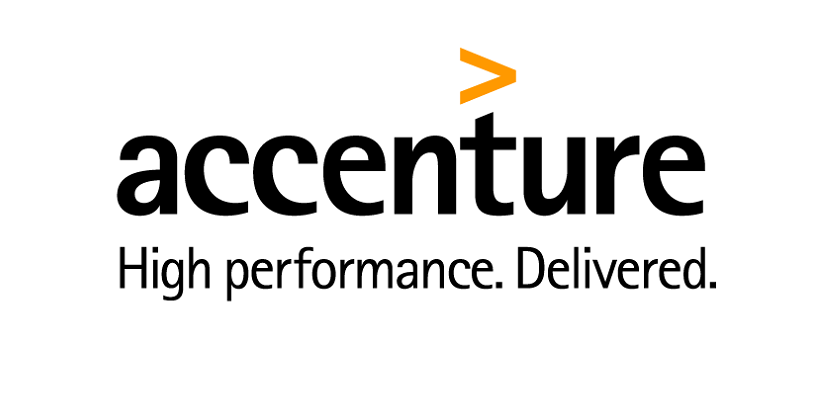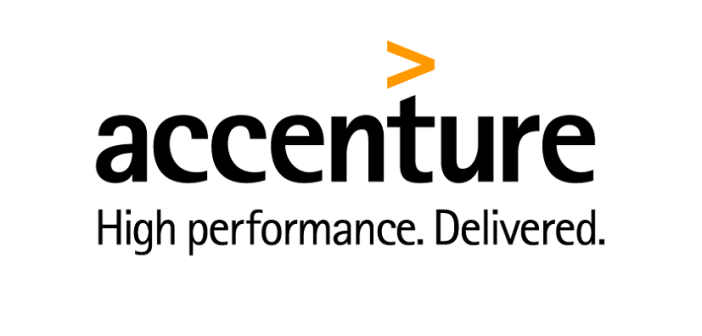
Disruptive technologies are presenting challenges for risk managers; two-thirds (69%) of Australian executives say that complex risks are emerging more rapidly than their own skills are advancing
A majority of financial firms’ risk managers in Australia don’t believe they can adequately assess the risks of disruptive technologies, with only 8% describing themselves as fully capable of assessing the risks associated with adopting artificial intelligence (AI) across their organisations, according to a new report by Accenture (NYSE: ACN). Even fewer said they are fully capable of assessing the risks associated with robotic process automation (RPA) or blockchain (6% and 7%, respectively).
The report, “Accenture 2019 Global Risk Management Study”, – which was published before the onset of the COVID-19 pandemic – is based on a survey of nearly 700 risk management executives in the banking, insurance and capital markets sectors globally, including those in Australia.
More than two-thirds (69%) of respondents from Australia said that complex, interconnected new risks are emerging more rapidly than ever before. At the same time, nearly half (46%) said that the risk function is, at best, only somewhat effective at responding rapidly to changes in the external risk environment.
The report notes that the external risk environment is becoming increasingly complex, with risk teams in Australia realising they must adapt their approaches to contend with new threats and the heightened pace of change.
“Risk and compliance functions are undoubtedly under immense pressure following the Banking Royal Commission and now, with COVID-19. In fact, COVID-19 is showing us that holistic risk management is more urgent than ever, putting additional pressure on banks to have the right capabilities in place”, said Tales Lopes, a Managing Director in Accenture’s Financial Services practice in Australia and New Zealand.
“Data analytics is also very much at the centre, as most of today’s regulations are data-driven. This means that financial institutions must prioritise risk data management systems, whilst ensuring quality, security and transparency, providing new reports for multiple purposes. Robust data analytics is more crucial than ever, particularly now during a global pandemic of unprecedented proportions, enabling risk managers to generate insights and risk strategies in these uncertain times.
“Regulatory agenda aside, risk functions are also grappling with the ongoing threat of cyber-crime, financial crime and concerns around the privacy of customer data. We know that there has been an increase in the number of domains that have been registered globally to support a wide array of malicious activity, including credential harvesting, carding fraud and malware installation.”
Data challenges impede adoption of advanced analytics
The report reveals that risk functions’ difficulty to make better use of these technologies, particularly advanced analytics, is compounded by data challenges. According to the study, the top three obstacles to implementing advanced analytics across the risk function are data residing in silos, lack of clarity around regulation, and integration challenges with legacy systems.
Encouragingly, risk managers surveyed from Australia know that they need to improve how they collect and analyse data to generate useful insights. For instance, more than two-thirds (70%) said they are improving their ability to collect enterprise-wide data, and 62% said they are honing their ability to analyse it. The study notes a need to obtain traditional data faster and to draw from new data sources, including marketing and social media, to help respond to threats and add value across the business.
Noting that 61% of Australian respondents said they believe that other functions recognise the important role that risk plays in driving positive business outcomes, the report suggests that increased collaboration will be essential to raise awareness for how risk managers can add value across the organisation. Encouragingly, the risk function has improved its collaboration with the finance function, with 80% of respondents saying they have a close working relationship with finance.
Disruptive technology not being deployed for risk-readiness
While disruptive technologies — including AI and natural language processing — can present risks across organisations, the survey revealed a strong correlation between the deployment of these technologies and robust risk-readiness within the risk function itself.
For example, 73% of respondents globally whose risk functions use machine learning are satisfied with their progress during the past two years in preparing their business for volatile future scenarios, compared with only 45% of respondents globally whose functions don’t use machine learning or advanced analytics.
Unfortunately, risk functions’ scaled adoption of sophisticated technologies remains limited. While nearly all risk functions have started using RPA to automate routine tasks, only 41% of respondents said they apply advanced analytics and predictive modeling to their datasets, with only 3% applying machine learning or AI. The report notes that this lack of adoption is a missed opportunity for risk functions, given these technologies’ immense potential to mitigate risk and improve risk professionals’ performance.
“New and emerging technologies such as machine learning, advanced analytics and artificial intelligence are being deployed to help manage this data and mitigate these risks; however the success of these technologies will require Australian compliance leaders to skill up, to build and articulate the desired outcomes,” continued Lopes.
“Automating certain compliance tasks can allow compliance professionals to focus on conduct and risk culture, ensuring the mistakes of yesterday are not repeated. The stakes have never been higher, and ongoing remediation programs are strong reminders of the consequences of improper compliance and risk monitoring,” he said.





